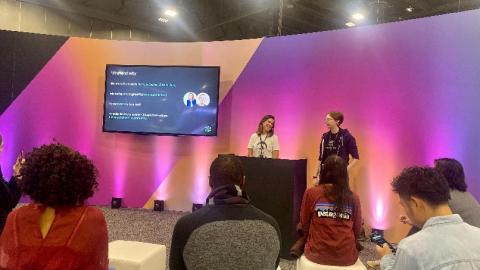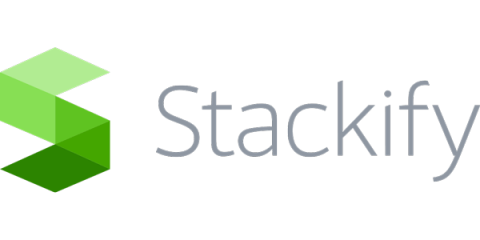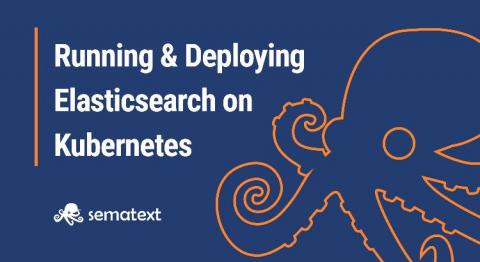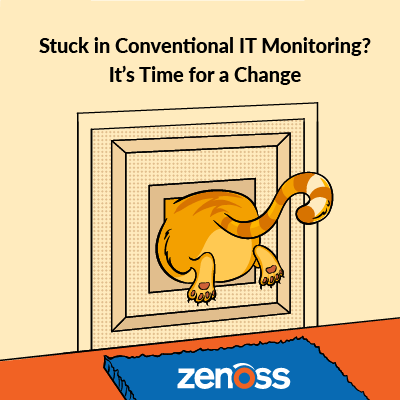re:Invent Serverless Talks - Collaboration, Community, & Career Development
At re:Invent 2019, Farrah and I gave a talk on our paths into the tech industry, how serverless helped us both build some of our first products, and how serverless represents a new mindset. I’d wanted to share a version of that talk on our blog for those who couldn’t make it, though we hope to give it again in the near future.











